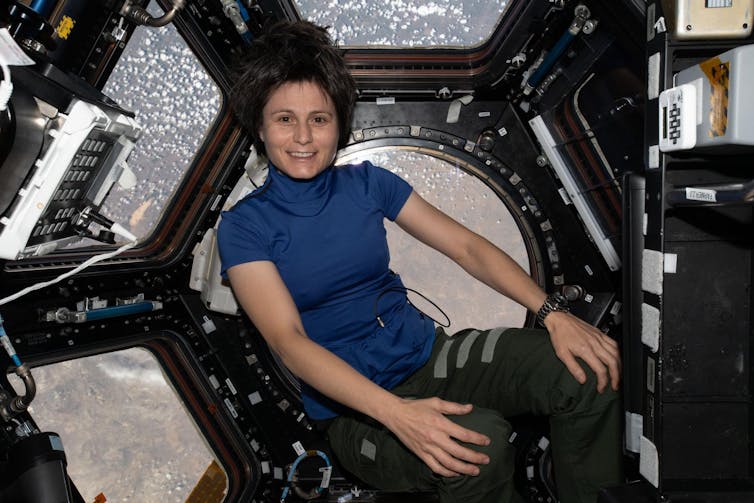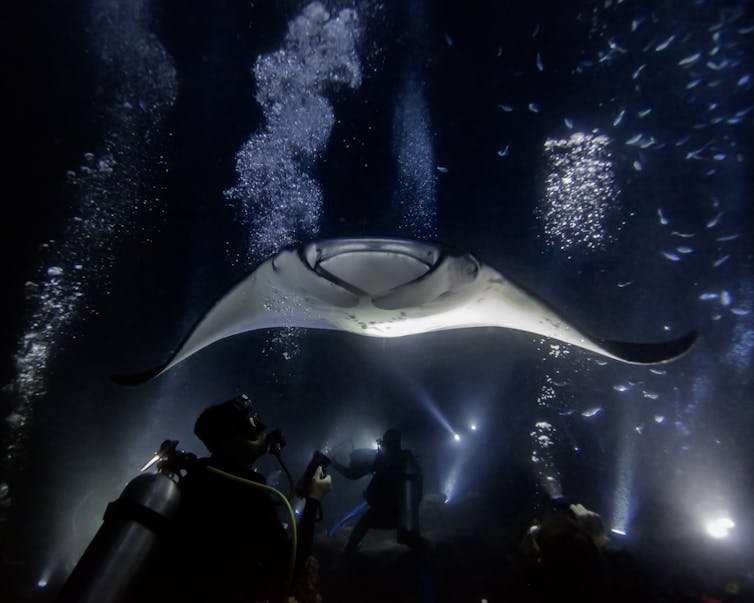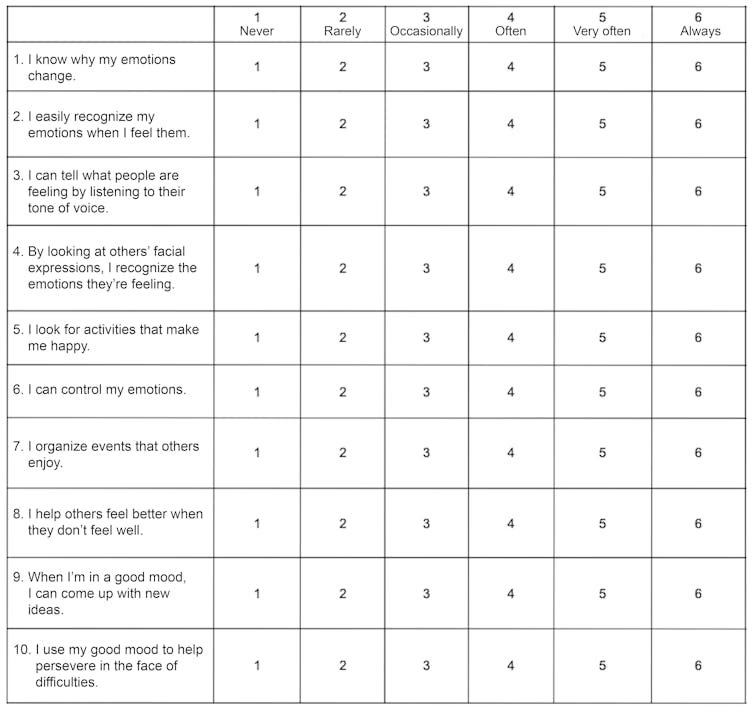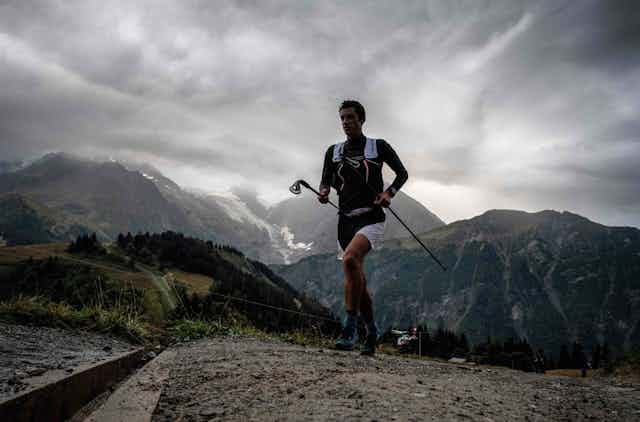`Kilian Jornet won the 2022 Ultra-Trail du Mont Blanc (distance 170 kilometres, elevation gain 10,000 metres) in 19 hours 49 minutes and 30 seconds. Stéphanie Gicquel skied 2,045 kilometres in 74 days, crossing Antarctica to reach the South Pole in temperatures as low as -50°. Thomas Pesquet completed a spacewalk lasting 6 hours and 54 minutes, 400 kilometres above the Earth.
These extreme sports athletes deploy excessive efforts to adapt to environmental conditions or exceptional solicitations. Pushing humans beyond their limits is not trivial on a behavioural or psychological level.
So, are these people, who achieve such feats, different from ordinary mortals?
Environment and extreme performance
Intense exercise at high altitude, while deep diving, in a polar station, or during a space flight or running an ultra-trail are all extreme activities that are stressful for both the body and the mind.
Indeed, these environments are often characterised by adverse natural conditions (hypoxia, hyperbaria, weightlessness, cold, heat, darkness, etc.), and while environmental factors are the main source of stress, certain situations are also accompanied by social requirements. For example, in Arctic stations or during manned space flights, people live together for several months and are exposed to other forms of “stressors”: prolonged isolation, confinement, boredom, lack of privacy, limited pleasures, interpersonal relationships, and the list goes on. Valery Ryumin, a Russian cosmonaut, described these extreme conditions as:
“All the necessary conditions to perpetrate a murder are met by locking two men in a cabin of 18 by 20 feet… for two months.”

Depending on the nature of the environment, people can develop different symptoms. At high altitude, for example, some people develop acute mountain sickness, a symptomatology specific to high altitude, characterised by physiological, psychological, behavioural, cognitive, and emotional disorders induced by the hypoxic environmental conditions. This syndrome is linked to both altitude level and speed of ascent and varies between individuals.
Adapting to these multiple constraints is a challenge, and some people adapt better than others, and sometimes more quickly.
Influence of personality
Studies have shown that personality plays an important role in how people adapt to extreme situations.
Moreover, adaptation has been at the heart of the definition of Allport’s personality since the early 20th century. Since the 2000s, personality has even been defined as a characteristic model of adaptation in the habitual way of thinking (cognition), feeling (emotions), and behaving or reacting (behaviour), which tends to remain relatively stable across situations and time.
During a simulated ascent of Everest in a hypobaric chamber, “reserved” and “opportunistic” subjects proved better able to meet the challenge of hypoxia than “open” and “conscientious” subjects.
In professional diving, the assessment of anxiety levels of 16 divers showed that three presented a clinical level of anxiety during the dive. Analysis of their personality showed that they had difficulty controlling themselves and an emotional instability often concomitant with depressive and anxious moods.
The comparison of the personality of a diver who developed severe anxiety reactions, following the observation of a diver in narcosis, with that of a diver who had no reaction showed that the first was an extrovert with a risk of somatisation.

In microgravity, the subjects who adapt best to the demanding conditions of a parabolic flight (alternation of hypergravity and microgravity phases) are those who do not like monotony or repetitive or routine tasks. They are more dynamic and proactive in their sensation seeking.
These few studies demonstrate that personality has become a recognised factor which plays a role in adaptation processes in extreme environments.
Special role of emotional intelligence
Emotional intelligence can be viewed as a personality characteristic that provides an interesting framework for assessing individual differences in how individuals identify, express, understand, regulate, and use their own emotions – and those of others.

Extreme sports offer a particularly relevant situation to examine this personality trait. Mountain ultra-trails, such as the UTMB (Ultra Trail du Mont Blanc) and the Tor des Géants, are listed among the most gruelling races in the world.
We have demonstrated that athletes with higher emotional intelligence scores reported higher recovery rates than athletes with lower scores. The results confirm the positive role of emotional intelligence on an individual’s ability to cope with difficult situations by “recovering” more (resources) to improve their psychological adaptation to these extreme sports. In this perspective, this personality characteristic could protect against stress and improve mental preparation before a competition.
Various studies have suggested that dispositional characteristics, such as the personality of individuals attracted to extreme situations, vary from one environment to another (e.g., Arctic stations, space missions) and can influence adaptation processes. Identifying these personality characteristics could help improve the selection and preparation of individuals to improve their adaptation. By knowing the personality profile, the psychologist can personalise preparation based on the person’s characteristics. For example, some individuals give more importance to certain sensory information when choosing how to act. These individuals could be trained to use other sensory modalities to increase their abilities and performance. Another example would be to develop emotional intelligence in extreme sports athletes to help them regulate their emotions and manage their stress in order to maintain or improve performance.
Most studies in extreme environments focus on adjustment disorders and attempt to identify personality characteristics to improve participant selection and training. But from Thomas Pesquet to Kilian Jornet and Stéphanie Gicquel, there is no doubt that extreme sports athletes have exceptional personality characteristics.

This article has been published for the Fête de la Science (which took place on 6-16 October 2023 in mainland France and 10-27 November 2023 in overseas France and internationally) organised in partnership with The Conversation France. This year’s event had the theme “sport and science”.


